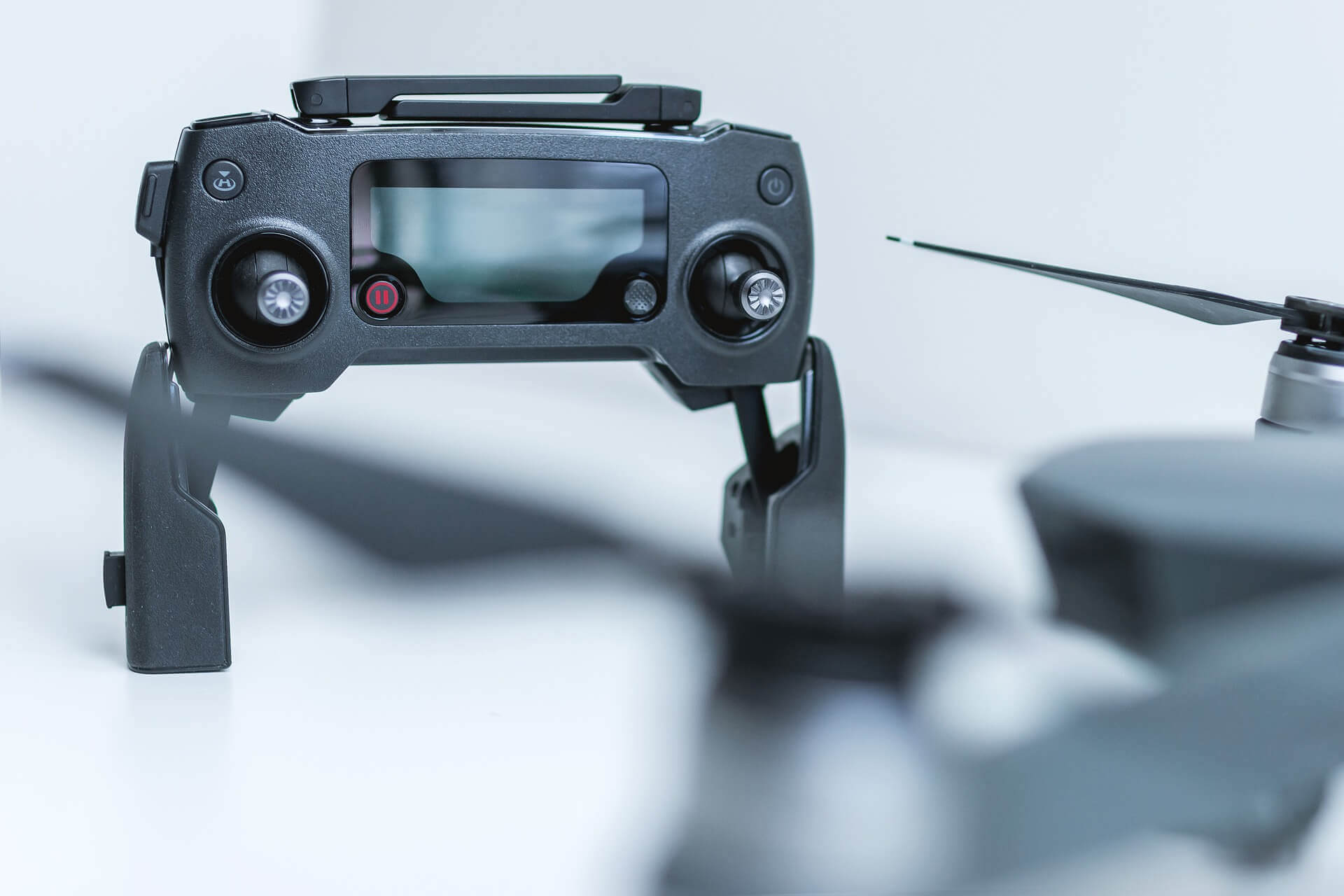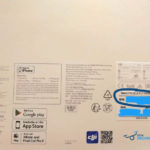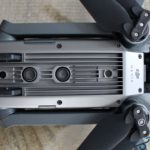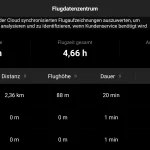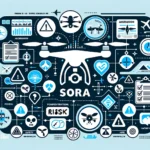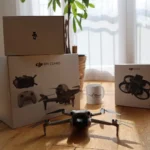Numerous functions and terms can initially overwhelm drone beginners. They are often not necessarily self-explanatory. This also applies to headless mode. Here we explain what it is and what it can do.
Explanation of headless mode
Headless mode, also known as directional command mode (DCM), is a relative control mode for your drone. This function is usually aimed at drone beginners.
Normally, you control the drone from the perspective of the flying object. If you want to fly to the left or right, you must therefore take into account the current orientation of the drone to decide whether to move the control stick to the left or right. Here are two examples to illustrate this.
Example 1 (without headless mode):
If the drone is flying straight away from you and you want to fly to the left, you also move the control pad to the left. To fly to the right, move it to the right. This is the simple situation.
Example 2 (without headless mode):
If you now turn the drone by 180° and therefore fly towards you, you have to think mirror-inverted. If you now want the drone to fly to the left, you have to move the directional pad to the right, not to the left. This is because the controls are from the drone’s perspective. The same applies to the right. Here you have to move the directional pad to the left.
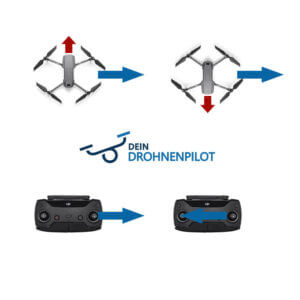
What happens when headless mode is activated? If the mode is activated, the orientation of the drone no longer plays a role. It is always controlled from the pilot’s point of view. This has the following effect on our two examples.
Example 1 (with headless mode):
Everything remains as it is. Left is left and right is right.
Example 2 (with headless mode):
No more rethinking is necessary here. Even after turning the drone by 180°, left remains left and right remains right. As the drone is now controlled relatively from the pilot’s point of view.
in this context, “headless” means that you don’t have to worry about how the drone is currently orientated and can steer without having to think about it.
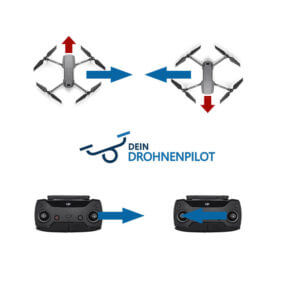
How do you activate headless mode?
Headless mode is not available to all drones. The best way to find out whether your drone supports this function is to refer to the drone manual. It will also describe exactly how to activate the mode on your drone.
As a rule, headless mode cannot be switched on during flight. It must be activated before take-off, whereby the drone and remote control must be aligned correctly. This is to ensure that the flight model and control system are “synchronised” and that the relative control can function properly.
Is headless mode recommended?
Whether you want to activate the mode or not is a matter of taste. As a beginner, you will definitely celebrate successes faster with headless mode activated and experience fewer moments of frustration at the beginning. However, if you want to practise drone flying regularly and learn real control over your drone, we recommend flying without headless mode and accepting the steeper learning curve. Because once you have got used to the mode, it will be even more difficult to learn the “normal” controls again.
However, if you only fly drones rarely and as a pastime, there is nothing to stop you from flying with headless mode permanently activated.


